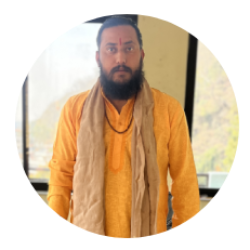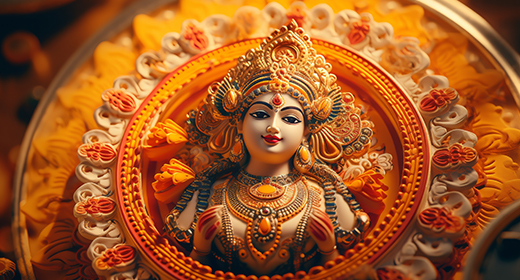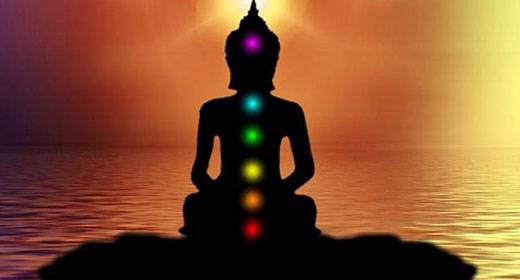OBJECTIVES OF PRANAYAMA
The practice of Pranayama has three main objectives:
- The purification of energy
- Balancing the purified energy
- Expansion of the purified energy
TYPES OF VAYUS
There are 5 types of Pranas in our bodies which can be divided into Inner Vayus and Outer Vayus.
|
INNER VAYU |
LOCATION |
FUNCTION/ ORGAN |
|---|---|---|
|
Prana |
Below neck, above diaphragm |
Inhalation, exhalation, swallowing and regurgitating food. Heart and lungs |
|
Samana |
Between navel and the diaphragm |
Digestion. Stomach, liver, pancreas, large intestine. |
|
Apana |
Between the navel and the perineum region |
Sexual activity, production of semen and ovum, excretion. Excretory and reproductive organs |
|
Udana |
Above neck, limbs between shoulders and fingertips, hips to toes. |
Control of the nervous system, limbs, and sensory inputs. All sensory organs and organs of expression. |
|
Vyana |
The whole body |
Acts as the substitute or the assistant of the other pranas. It is the most important, If something goes wrong with the other pranas, it steps in. If Vyana becomes weak however, then diseases arise because there is no backup to the backup. |
|
OUTER VAYUS |
FUNCTION |
|---|---|
|
Naga |
Belging and Hiccups |
|
Kurma |
Blinking and Pupil dilation |
|
Krikara |
Hunger and thirst |
|
Devdutta |
Yawning and sleeping |
|
Dhananjay |
This only gets activated after death as it is the prana that is responsible for the decomposition of the body. |
It is important to remember that Prana is not something physical that can be seen inside the body with an X-ray or MRI machine. It is a blueprint that exists in our body and the knowledge of its existence has been passed down to us after careful study by the Vedas and Rishis from long ago. Science doesn’t believe in Prana because it is something that cannot be physically seen and tested upon.
There are many benefits to practicing Pranayama.
- It helps in improving the lung's capacity and decreases the number of breaths taken per minute.
- Decreases anxiety, depression and other mental disorders.
- Improves concentration, memory and brain power.
- Improves the quality of sleep, and decreases nightmares.
- Detoxifies the body
- Increases cardiovascular health.
- Relieves stress.
- It has many spiritual benefits and can help one who is seeking the path to enlightenment by creating more self-awareness.
There are various techniques to practice Pranayama but first we must work on the different ways in which we can start to notice/become aware of our breath. This awareness will automatically cause us to be more in control of our breathing during practice.
TYPES OF BREATHING
Some ways in which we can become more mindful of our breath are:
-

1. YOGA
Many people, especially in the west, think of Yoga as a physical exercise. It is much more than that. In fact, asanas (postures) which people refer to as exercises are only a small part of what Yoga actually is. Patanjali, who wrote the Yog Sutras (the foundation of Yog) listed asanas as the step before Pranayama. This is because the major part of performing any asana is the amount of attention given to breathing during the practice. We place a lot of attention on the inhale and exhale in each and every single movement when going into a posture.
Example: If you are practicing Trikonasana (triangle pose), you focus on your inhale and exhale during every move from opening your legs, spreading your arms, bending your legs, your trunk, coming back up and repeating on the other side as well.
Very often, especially as a beginner, we get so caught up in just performing the asana that we forget about the breath. Gradually over time, as we get more comfortable with our bodies during the practice, we start becoming more aware of our breathing and realise that this awareness actually makes the practice itself easier. Breath awareness makes us more patient and compassionate towards ourselves.
The aim of Yoga is not just what you practice on the mat but how you adopt this in your lifestyle off the mat. So the practice of breath awareness during the practice should be carried forward in our awareness throughout the day in all of our activities.
-
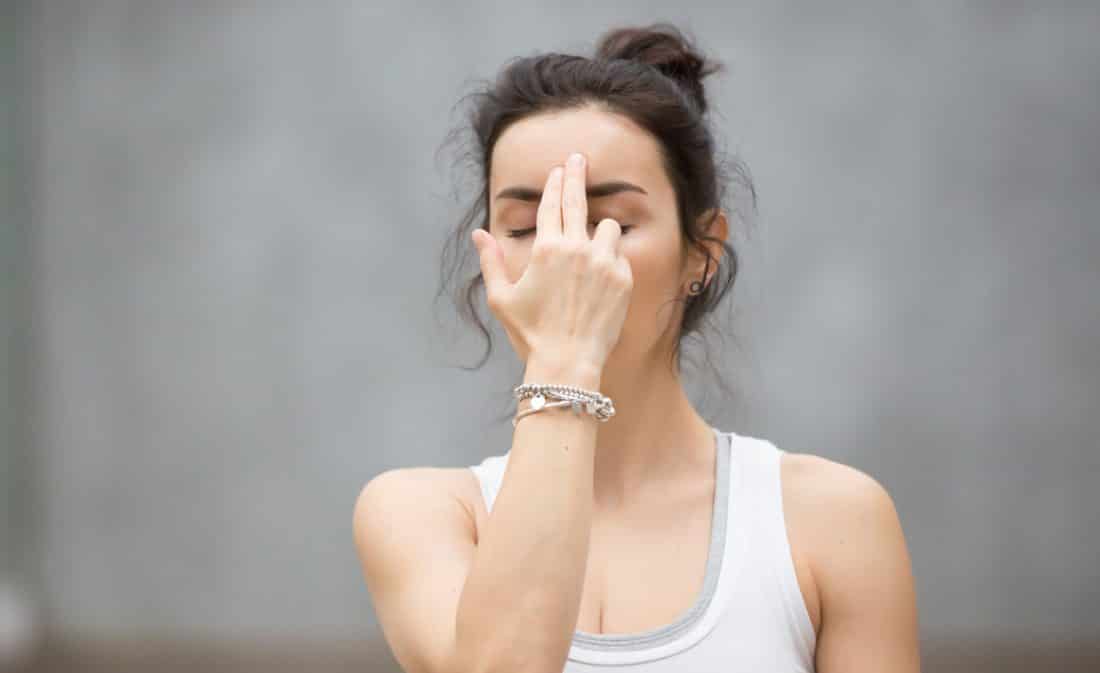
2. YOGIC BREATHING
This is a practice in which we consciously observe the flow of breath inside our bodies. This is observed in 3 stages of our bodies, namely, the stomach or abdomen, the chest and our clavicle. As we inhale, we observe the breath entering into and expanding our abdomen or diaphragms, rising up to our chest and finally entering into our clavicle. On an exhale, we observe the breath leaving our clavicle and travelling downwards to our chest and finally our abdomen.
We can practice this by lying down on a flat surface and observing our breathing by just focusing on each of the body parts mentioned. i.e., practice breathing by noticing the breath from just your abdomen for a few minutes. Repeat the same by observing the flow of breath from just your chest and this time make sure not to breathe from your abdomen at all. Repeat the same by breathing from just your clavicle and not your other parts. By focusing your attention on each part at a time you start to become more aware of the way you breathe and develop more control over your organs as well. After a few minutes of consciously practicing each, then start practicing a circular flow of inhales and exhales from the abdomen to chest to clavicle and back from clavicle to chest to abdomen.
The practice of Yogic breathing, besides bringing breath awareness, can also help to increase our life span. An average person normally takes 10-15 breaths a minute. Yogic breathing can reduce this with disciplined practice to 2 breaths a minute. It increases the capacity of the lungs and also helps with controlling blood pressure.
It is best practiced first thing in the morning and can even be practiced while you are still in bed provided you sleep on a flat firm mattress and not a soft one.
Please note that Yogic breathing is not Pranayama.
-
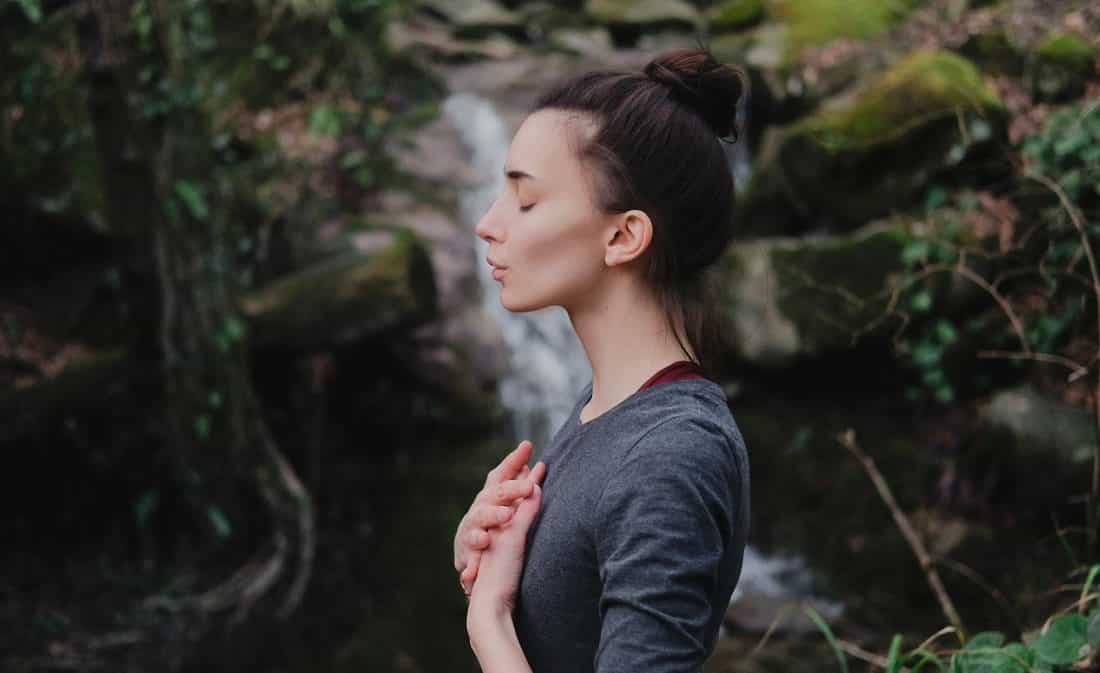
3. OBSERVATION
We can practice conscious observation of our breath throughout the day. Did you know that every couple of hours you breathe more strongly through one nostril only. Sometimes your breath is more strong from the right nostril and other times it is more from the left nostril. At rare moments for a few minutes in the day, you may be breathing equally from both nostrils. The nostril that you are breathing from is an indication of your mood, which side of your brain you are currently using and many other things. By practicing observation of breath throughout the day, we are also indirectly practicing awareness. Breath which is something that never stops inside our bodies, is one of the first things we learn to do during the practice of meditation, it helps us to increase concentration levels, reach a state of calm and prevents our minds from wandering everywhere.
There are various techniques of Pranayama. We will discuss these in another article.


